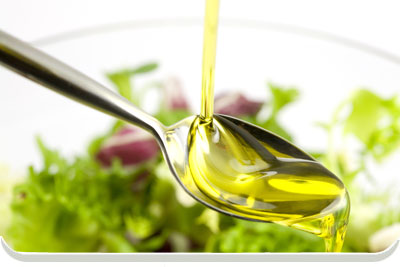The EU Regulation on the labelling of Olive Oil is published.
The EU Regulation allowing for the inclusion of the healthy properties of olive oil on labels has been published.
On 25 May 2012, the Official Journal of the European Union published a new regulation which establishes a list of authorised health claims for different foods that differ from those relating to reducing the risk of disease and the development and health of children.
In the case of olive oil, the following statements may be shown on the label:
1) Oleic Acid
- A) Nutrient, substance, food or food category
Oleic Acid
- B) Statement
“The replacement of saturated fats with unsaturated fats in the diet contributes to maintaining normal blood cholesterol levels. Oleic acid is an unsaturated fat” - C) Conditions for use of the statement
This statement may only be used for foods with a high content of unsaturated fatty acids, in accordance with the statement HIGH CONTENT OF UNSATURATED FATS that is listed in the annex of Regulation (EC) no. 1924/2006
The extra virgin olive oils from the Protected Designation of Origin Montoro-Adamuz, rich in polyphenols and antioxidant agents, may include the statement regarding oleic acid on their labels.
2) Polyphenols in olive oil
- A) Nutrient, substance, food or food category
Polyphenols in olive oil
- B) Statement
“The polyphenols in olive oil help protect blood lipids against oxidative damage” - C) Conditions for use of the statement
This statement may only be used for olive oil that contains a minimum of 5mg of hydroxytyrosol and its derivatives (for example, a complex of oleuropein or tyrosol) per 20g of olive oil. For a product to carry this statement it must inform the consumer that the beneficial effect is obtained with a daily consumption of 20g of olive oil.
The extra virgin olive oils from the Protected Designation of Origin Montoro-Adamuz, rich in polyphenols and antioxidant agents, may include the statements regarding “oleic acid” and “polyphenols in olive oil” on their labels.

